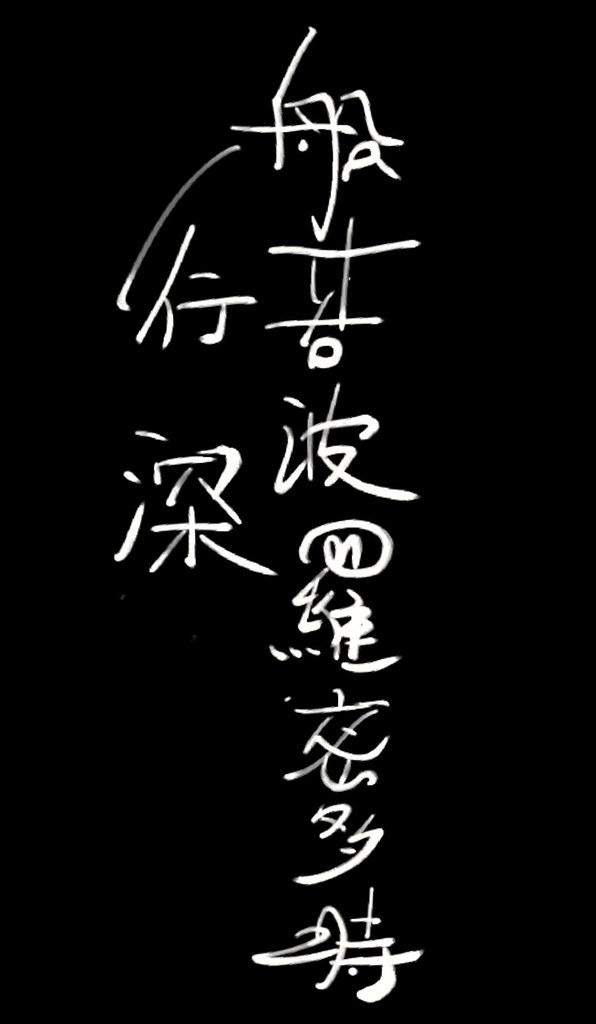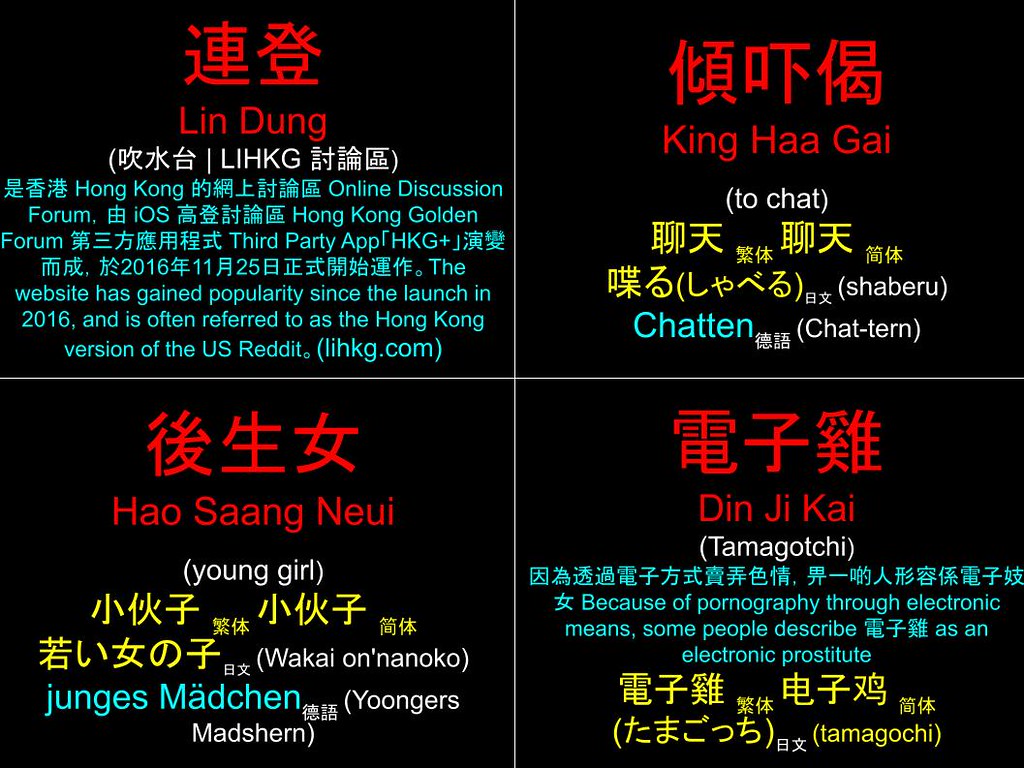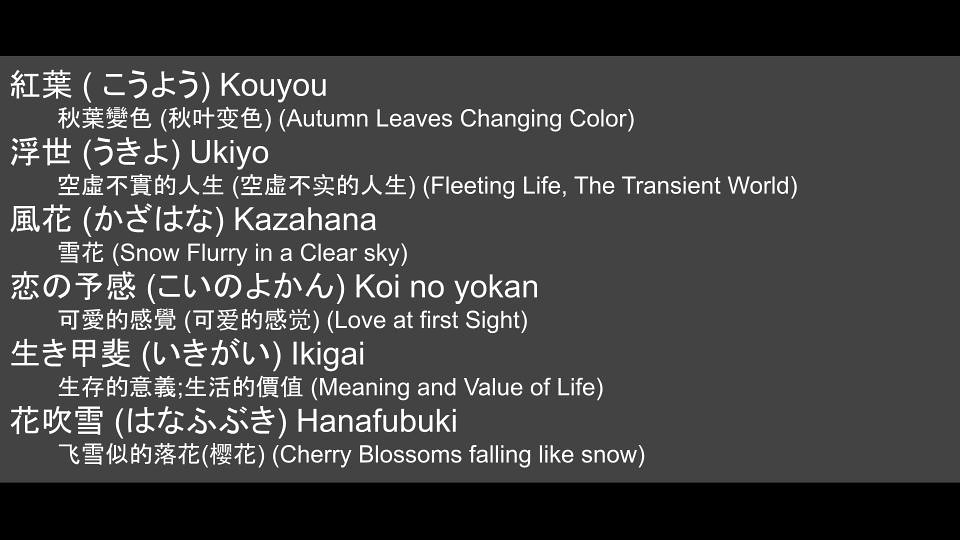原文:多算勝,少算不勝,而況於無算乎。
原文:多算胜,少算不胜,而况于无算乎。
孫子兵法 (孙子兵法) 第二篇:作战篇 (作戰篇) (Waging War and Challenge)
原文:車雜而乘之,卒善而養之,是謂勝敵而益強。
孫子兵法 (孙子兵法) 第二篇:作战篇 (作戰篇) (Waging War and Challenge)
原文:車雜而乘之,卒善而養之,是謂勝敵而益強。
原文:车杂而乘之,卒善而养之,是谓胜敌而益强。
孫子兵法 (孙子兵法) 第三篇:谋攻篇 (謀攻篇) (Strategic Attack)
原文:知己知彼,百戰不殆。
孫子兵法 (孙子兵法) 第三篇:谋攻篇 (謀攻篇) (Strategic Attack)
原文:知己知彼,百戰不殆。
原文:知己知彼,百战不殆。
孫子兵法 (孙子兵法) 第四篇:军形篇 (軍形篇) (Tactical Disposition of the Army)
原文:勝兵先勝而後求戰,敗兵先戰而後求勝。
孫子兵法 (孙子兵法) 第四篇:军形篇 (軍形篇) (Tactical Disposition of the Army)
原文:勝兵先勝而後求戰,敗兵先戰而後求勝。
原文:胜兵先胜而后求战,败兵先战而后求胜。
孫子兵法 (孙子兵法) 第五篇:兵势篇 (兵勢篇) (Use of Energy of the Army Forces)
原文:故善戰者,求之於勢,不責於人,故能擇人而任勢。
孫子兵法 (孙子兵法) 第五篇:兵势篇 (兵勢篇) (Use of Energy of the Army Forces)
原文:故善戰者,求之於勢,不責於人,故能擇人而任勢。
原文:故善战者,求之于势,不责于人,故能择人而任势。
孫子兵法 (孙子兵法) 第六篇:虚实篇 (虛實篇) (Weaknesses and Strengths)
原文:無所不備,則無所不寡。
孫子兵法 (孙子兵法) 第六篇:虚实篇 (虛實篇) (Weaknesses and Strengths)
原文:無所不備,則無所不寡。
原文:无所不备,则无所不寡。
孫子兵法 (孙子兵法) 第七篇:军争篇 (軍爭篇) (Military Maneuvers)
原文:軍爭之難者,以迂為直,以患為利。
孫子兵法 (孙子兵法) 第七篇:军争篇 (軍爭篇) (Military Maneuvers)
原文:軍爭之難者,以迂為直,以患為利。
原文:军争之难者,以迂为直,以患为利。
孫子兵法 (孙子兵法) 第八篇:九变篇 (九變篇) (Variations and Adaptability)
原文:雜於利,而務可信也,雜於害,而患可解也。
孫子兵法 (孙子兵法) 第八篇:九变篇 (九變篇) (Variations and Adaptability)
原文:雜於利,而務可信也,雜於害,而患可解也。
原文:杂于利,而务可信也,杂于害,而患可解也。
孫子兵法 (孙子兵法) 第九篇:行军篇 (行軍篇) (Movement and Development of Troops)
原文:令素行以教其民,則民服;令不素行以教其民,則民不服。令素行者,與眾相得也。
孫子兵法 (孙子兵法) 第九篇:行军篇 (行軍篇) (Movement and Development of Troops)
原文:令素行以教其民,則民服;令不素行以教其民,則民不服。令素行者,與眾相得也。
原文:令素行以教其民,则民服;令不素行以教其民,则民不服。令素行者,与众相得也。
孫子兵法 (孙子兵法) 第十篇:地形篇 (地形篇) (Classification of Terrain)
原文:故進不求名,退不避罪,唯人是保,而利合於主,國之寶也。
孫子兵法 (孙子兵法) 第十篇:地形篇 (地形篇) (Classification of Terrain)
原文:故進不求名,退不避罪,唯人是保,而利合於主,國之寶也。
原文:故进不求名,退不避罪,唯人是保,而利合于主,国之宝也。
孫子兵法 (孙子兵法) 第十一篇:九地篇 (九地篇) (The Nine situation of Battlegrounds)
原文:犯之以事,勿告以言;犯之以利,勿告以害。
孫子兵法 (孙子兵法) 第十一篇:九地篇 (九地篇) (The Nine situation of Battlegrounds)
原文:犯之以事,勿告以言;犯之以利,勿告以害。
原文:犯之以事,勿告以言;犯之以利,勿告以害。
孫子兵法 (孙子兵法) 第十二篇:火攻篇 (火攻篇) (Attack with Fire)
原文:夫戰勝攻取,而不修其功者兇。
孫子兵法 (孙子兵法) 第十二篇:火攻篇 (火攻篇) (Attack with Fire)
原文:夫戰勝攻取,而不修其功者兇。
原文:夫战胜攻取,而不修其功者凶。
孫子兵法 (孙子兵法) 第十三篇:用间篇 (用間篇) (Use of Intelligence and Espionage)
原文 :先知者,不可取於鬼神,不可像於事,不可驗於度,必取於人,知敵之情者也。
孫子兵法 (孙子兵法) 第十三篇:用间篇 (用間篇) (Use of Intelligence and Espionage)
原文 :先知者,不可取於鬼神,不可像於事,不可驗於度,必取於人,知敵之情者也。
原文 :先知者,不可取于鬼神,不可象于事,不可验于度,必取于人,知敌之情者也。










